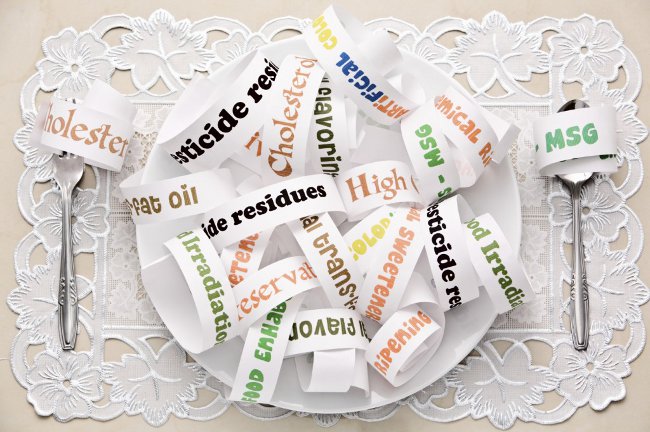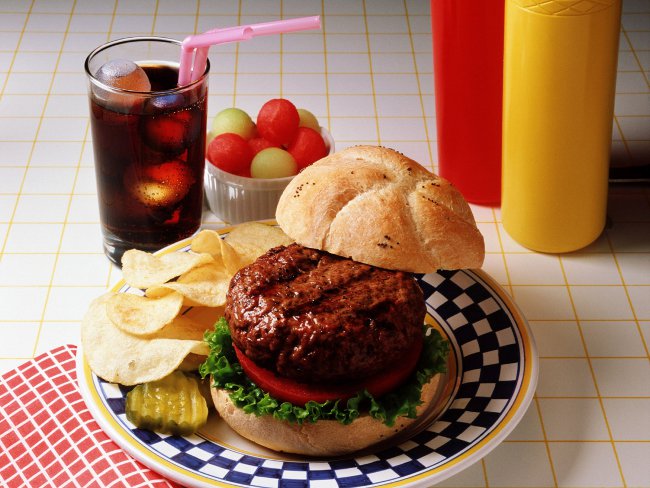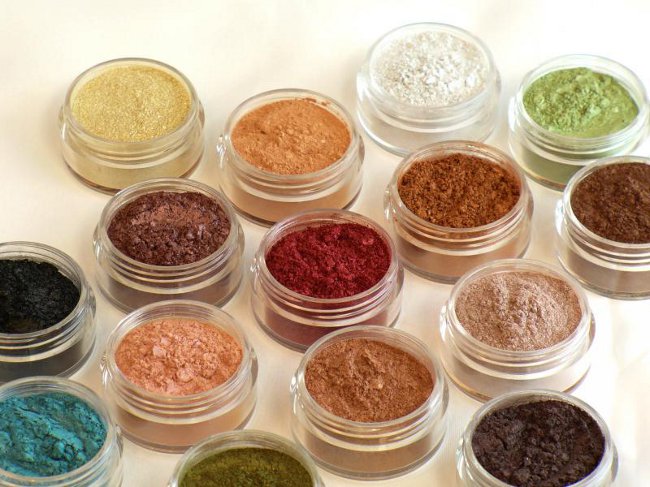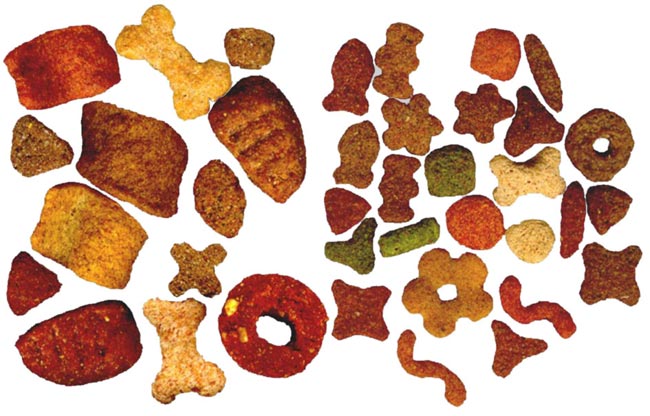Harmful food additives
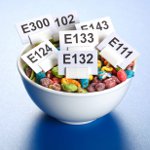
Now on the shelves of shops can hardly be founda product that does not include various food additives. And many like the fire afraid of additives, encrypted with the letter E and several figures. But under the mysterious code can hide as harmful food additives, and absolutely harmless substances.
All food additives are divided into several groups, which include:
dyes (E100-E199);
preservatives (E200-E299);
antioxidants (E300-E399);
stabilizers, emulsifiers, thickeners (E400-E499);
anti-caking agents and pH regulators (E500-E599);
flavorings, fragrance and flavor enhancers (E600-E699);
antibiotics (E700-E799);
reserve in case of appearance of new additives (E800-E999);
other additives (E900-E999);
additional substances (E1000-E1999).
Some people are missing one name, "dye" or "preservative", to automatically classify the food supplement as harmful. But, for example, the code E100 hides the yellowdye curcumin, under the code E160 - paprika, and E140 is chlorophyll. We in fact are not afraid to eat turmeric, paprika, greens - they are even useful for health. And preservatives are substances that help fight microorganisms and prevent premature spoilage of foods. The role of preservatives can be performed by substances familiar to us - salt, alcohol. Vinegar, which we add to the blanks for the winter, is also a preservative. Of course, there are harmful preservatives, but this does not mean that all preservatives are harmful.
So under the code with the letter E can hide as a harmless citric acid or starch, and really harmful nutritional supplements. There are six prohibited additives that significantly harm a person's body. These are three dyes and three preservatives. The forbidden dyes include citrus red two (E121), red amaranth (E123) and red 2G (E128). To forbidden preservatives - E216 and E217 (propyl ester of para-hydroxybenzoic acid and its sodium salt) and E240 (formaldehyde).
There are also so-called Unauthorized additives. Their influence on the body was not tested (ortesting is still under way, so there is no final result). Such additives include, for example, erythrosine (E127), brown FK (E154), aluminum (E172), ruby lithol VC (E180), thiopropionic acid (E388), tin chloride (E512), calcium and potassium iodate (E916 and E917), chlorine and its dioxide (E925 and E926) and a number of other additives.
What is the difference between banned and unresolved food additives? Forbidden are clearly harmfulfood additives that can not be used in the food industry in Russia. And the harm of unresolved additives has not been reliably proven, therefore they are "far from sin" and have no permission to use the food industry. Unauthorized supplements may eventually go into the category of prohibited or vice versa - "rehabilitate".
Some harmful food additives are banned in European countries, but in the Russian Federation they are considered permissible for use. These include, for example, green S (E142), brilliant blue FCF (E133), konjak (E425), tartrazine (E102), yellow quinoline (E104), ponso 4R (E124).
Do not forget also that The harmful effect of food additives depends on their concentration. Each additive has its own allowable dailydose consumption (EAF), if exceeded, there may be negative consequences. It should also be noted that some additives have the ability to accumulate in the body (cumulative).
Much depends on the individual characteristics of the organism. Harmful food additives for one person can be harmless to another, and vice versa. Say, the dye E100 (orange yellow S)to prohibited additives does not apply. But it can cause attention deficit disorder in children, allergic reactions, provoke asthmatic attacks of suffocation. Therefore, it is advised to protect children, allergic people and the elderly from food additives wherever possible, the harmlessness of which is not 100% proven.
You can not consider nutritional supplements as an absolute evil, because many of them are completely harmless. But, nevertheless, harmful nutritional supplements do exist, so It is very important to read the composition of the product before purchasing.
